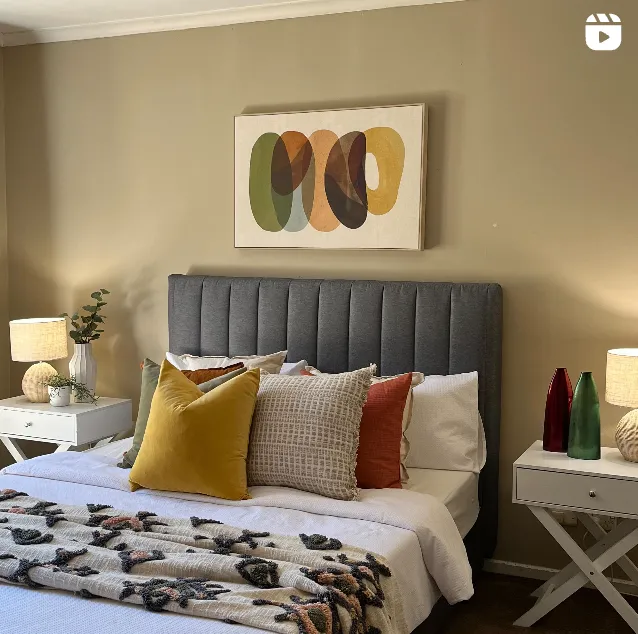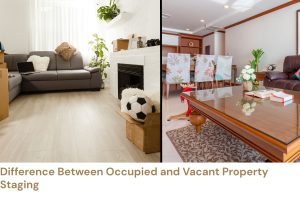Staging for Renting
Staging a property is a proven technique to enhance its appeal and maximise its value in the real estate market. Whether you are looking to rent or sell your property, staging plays a crucial role in attracting potential tenants or buyers. However, the goals and strategies behind staging for renting and staging for selling differ based on the target audience and objectives.
In this article, we will look at ways you can help to target the specific audience you are after and how staging can help target a specific audience. It’s commonly believed that staging is only for the selling of a property but it can be an incredibly useful addition to rental properties as well.
Neutral and Versatile Design
When staging a property for renting, it’s important to create a neutral and versatile design. Potential tenants should be able to envision their belongings in the space, so it’s wise to avoid overly personalised decor. Stick to a neutral colour palette and furnish the space with pieces that appeal to a broad audience.
Functional Spaces
Emphasise the functionality of each space. Highlight key features, such as storage solutions, built-in appliances, and versatile furniture arrangements. Prospective tenants are often looking for a space that meets their practical needs, so showcasing functionality is crucial.
Emphasise Amenities
If your property comes with amenities like a pool, gym, or communal spaces, make sure to showcase these features during the staging process. Create inviting and comfortable areas around these amenities to highlight the lifestyle benefits of the property.
Create a Cosy Atmosphere
Aim to create a cosy and welcoming atmosphere. Use soft furnishings, tasteful decor, and strategic lighting to make the property feel inviting. This can help prospective tenants emotionally connect with the space and imagine it as their future home.
Staging for Selling
Highlight Architectural Features
When staging a property for sale, focus on showcasing its unique architectural features. This could include fireplace mantels, large windows, or custom-built elements. Potential buyers are often drawn to distinctive features that set a property apart from others on the market.
Tell a Story
Stage the property to tell a compelling story. Help buyers envision the lifestyle they could lead in the space by creating themed rooms or vignettes. This can evoke emotions and make a lasting impression on potential buyers.
Maximise Curb Appeal
The first impression matters when selling a property. Enhance curb appeal by staging the exterior with well-maintained landscaping, clean pathways, and appealing outdoor furniture. A visually appealing exterior sets a positive tone for the entire viewing experience.
Depersonalise the Space
Unlike rental staging, depersonalising is a key strategy when selling. Remove personal items and family photos to allow buyers to imagine themselves living in the space. The goal is to create a blank canvas that allows potential buyers to project their own vision onto the property.
Whether you’re staging for renting or selling, the ultimate goal is to present the property in its best light. Understanding the nuances of each approach is essential for a successful outcome. Staging for renting focuses on creating a universally appealing, functional, and comfortable space, while staging for selling involves highlighting unique features, telling a compelling story, and creating a blank canvas for potential buyers. By tailoring your staging strategy to the specific objectives, you increase the likelihood of attracting the right tenants or buyers for your property.






